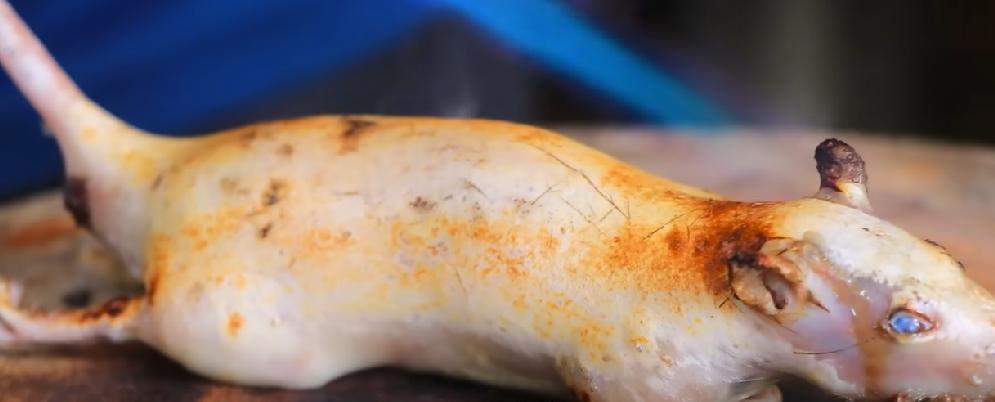*The idea of eating rats might elicit a range of reactions, from curiosity to revulsion, depending on one’s cultural background. However, in many parts of the world, rat meat is not only accepted but also appreciated as a culinary staple. Understanding the cultural, economic, and nutritional reasons behind this practice offers insight into diverse human dietary habits and survival strategies.
Asia: Tradition and Delicacy
China In China, particularly in rural areas, rat meat has been consumed for centuries. Historical texts indicate that rats were part of the diet long before the modern era. Today, in regions like Guangdong and Guangxi, rats are still eaten and considered a delicacy. They are often prepared in a variety of ways, including stir-fried, roasted, and stewed. The tradition is so ingrained that rats are farmed specifically for consumption.
Vietnam In Vietnam, rat meat is particularly popular in the Mekong Delta, where rice field rats are abundant. These rats, which feed on rice crops, are considered clean and are hunted during the harvest season. The meat is typically grilled, steamed, or fried and is enjoyed as a local specialty.
Thailand and Cambodia In Thailand and Cambodia, rat meat is also a traditional food. In these countries, rats are often prepared in soups, curries, and grilled dishes. The practice is not only rooted in tradition but also in the necessity of utilizing available resources.

Africa: Nutritional Necessity
Malawi In Malawi, rats are a significant source of protein, especially in rural communities. They are usually caught in fields, smoked, and sold in local markets. The consumption of rats is an important aspect of food security, providing essential nutrients where other sources of meat are scarce.
Ghana In Ghana, rats are commonly eaten in rural areas. They are typically roasted or stewed and are considered a valuable part of the diet. The practice is driven by both tradition and the need for affordable protein sources.
India: Cultural Practice
Bihar In the Indian state of Bihar, rat meat is consumed by certain communities, particularly among the Musahar people. Known as the “rat eaters,” this community has traditionally hunted and eaten rats as a primary protein source. This practice highlights the adaptation of dietary habits to the local environment and economic conditions.
Historical Context: Survival and Adaptation
Throughout history, people have turned to eating rats during times of extreme necessity. During the Siege of Paris in the Franco-Prussian War, Parisians ate rats to survive the blockade. Similarly, during the Great Chinese Famine and both World Wars, rats provided a critical food source when other options were unavailable.
Modern Considerations
Health and Safety While eating rats can pose health risks due to potential diseases, traditional preparation methods often mitigate these dangers. Proper cooking is essential to ensure safety, and in many cultures, rat dishes are prepared with great care.
Economic Factors In many regions, rat meat is an affordable alternative to other types of meat. For impoverished communities, it provides a crucial source of protein without the cost associated with livestock. Additionally, in places where rat meat is considered a delicacy, it can fetch high prices, offering economic benefits to those who hunt and sell them.
Cultural Perceptions The perception of rat meat varies widely. In some cultures, it is a cherished part of the culinary tradition, while in others, it is viewed with disdain. These differing views reflect the broader diversity of human food practices and the adaptability of dietary habits in response to environmental and economic pressures.
Conclusion
The consumption of rat meat is a complex practice rooted in necessity, tradition, and resourcefulness. From the rural fields of Asia to the communities of Africa and India, rats provide a vital source of nutrition and a testament to human ingenuity in the face of scarcity. Understanding this practice offers a glimpse into the diverse ways in which people around the world adapt to their environments and sustain themselves through innovative dietary choices.
Watch reactions to people eating rats, below.
MORE NEWS ON EURWEB.COM: ‘Bad Boys: Ride or Die’ Box Office Surpasses Expectations – Propels Will Smith’s Career Comeback | WATCH
The post Dinner Time! Rat Cuisine: Where and Why People Eat Rats + Video Reactions | WATCH appeared first on EURweb.
